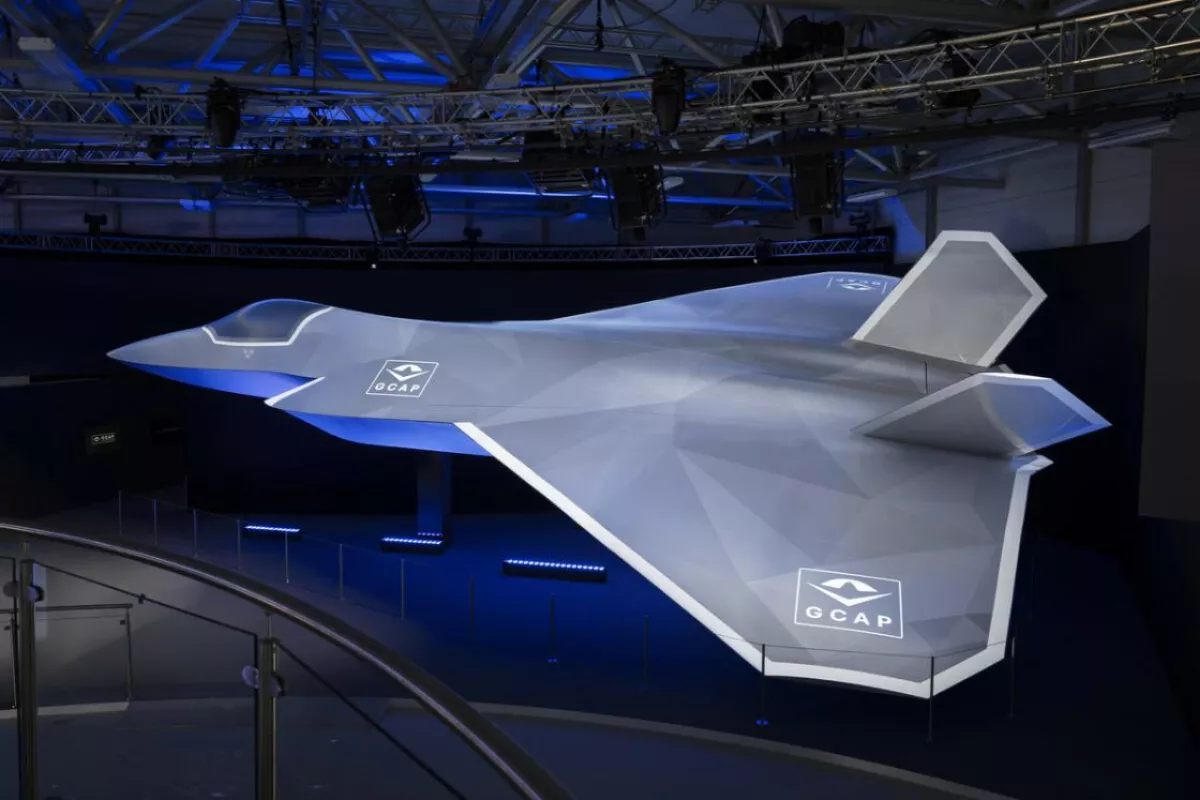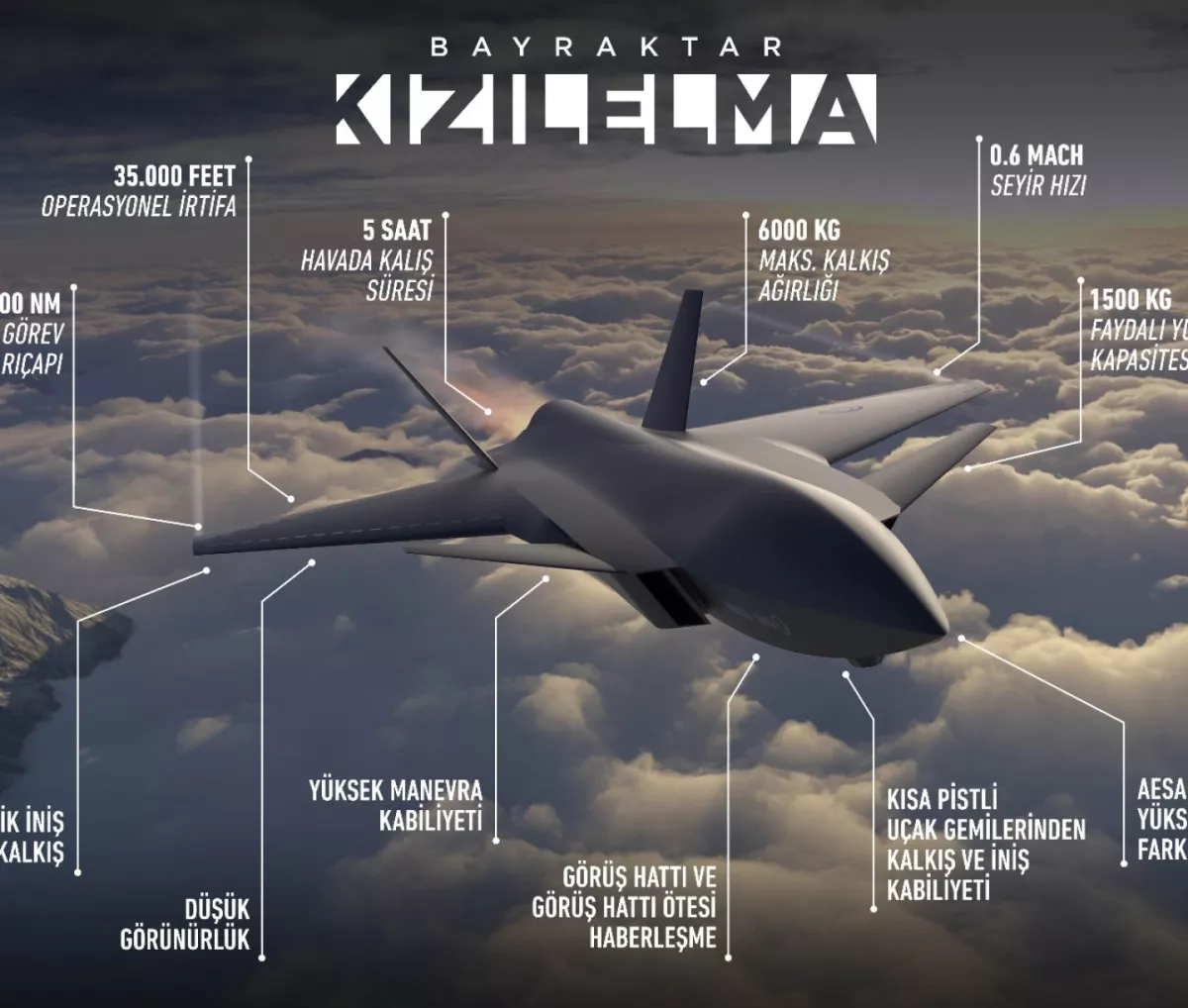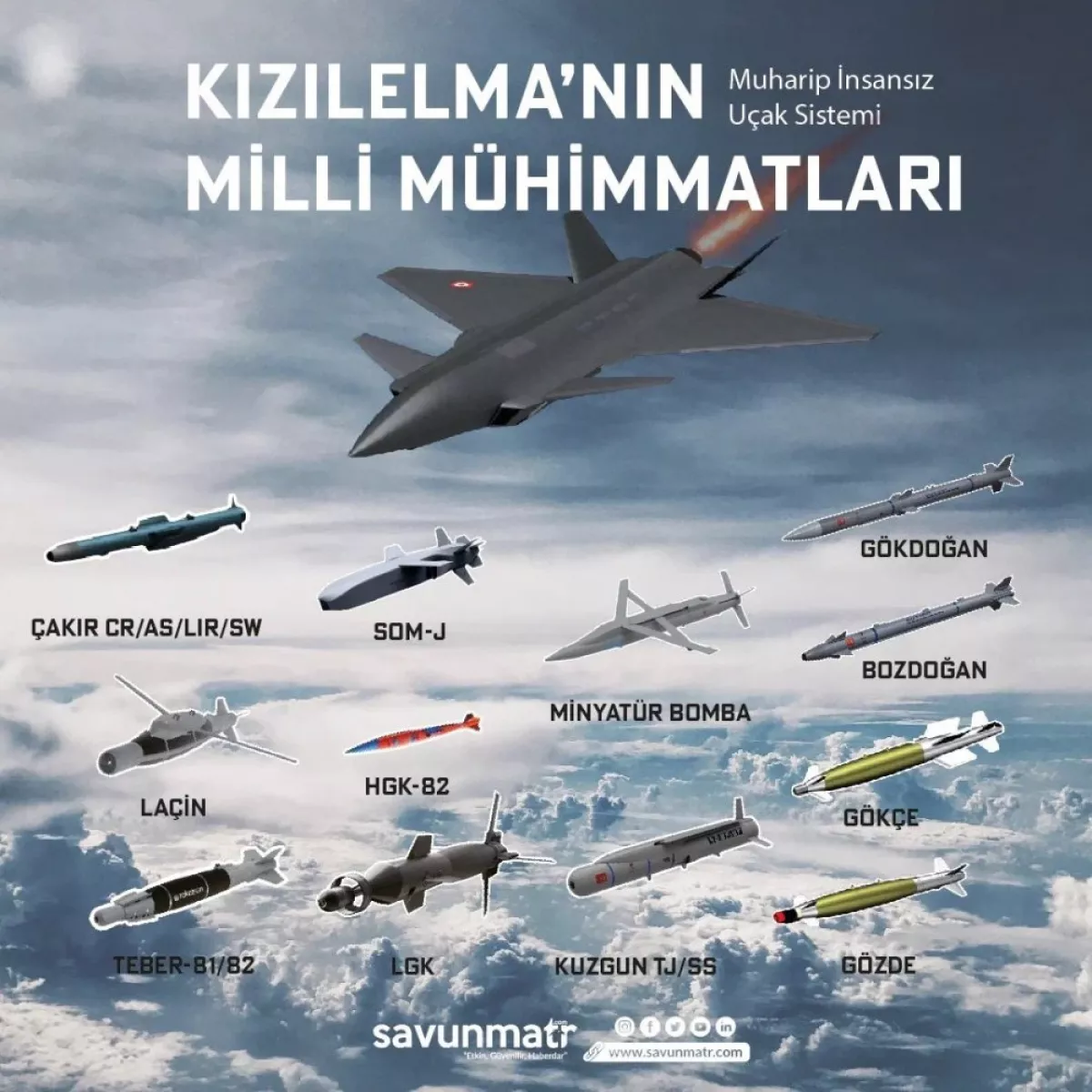Turkish Kızılelma drone seen as support for Italian, UK, Japanese sixth-gen fighters Photo / Video
Turkish aerospace firm Baykar’s Kızılelma combat drone has emerged as a leading candidate to join the sixth-generation Global Combat Air Programme (GCAP), following confirmation from Leonardo CEO Roberto Cingolani at the Paris Air Show 2025.
Italy is reportedly considering a number of unmanned aerial systems to support the next-generation fighter jet, including Baykar’s stealth-capable Kızılelma and potential drone variants of the Italian M345 and M346 aircraft, Caliber.Az reports per foreign media.
The development marks a key moment for Turkish defence integration into one of Europe’s most ambitious military aviation projects.

6th Generation Fighter GCAP
GCAP, jointly led by the United Kingdom, Italy and Japan, is developing a future fighter aircraft and a network of supporting systems, including so-called “loyal wingmen” drones.
These UAVs are designed to fly alongside piloted jets, carrying out roles such as surveillance, electronic warfare, strike missions, and decoy operations, either independently or under the direction of a human pilot.
Among the options presented by Leonardo in Paris, the Kızılelma stood out for its advanced capabilities and combat-ready design.
Unlike the M345 and M346 drones, which remain in early conceptual phases and were originally designed as training aircraft, Kızılelma was purpose-built for contested environments.

It boasts stealth features, high-speed manoeuvrability, and compatibility with a wide range of munitions and sensors, offering a versatile platform for both air-to-air and air-to-ground missions.
Leonardo and Baykar have already established a joint venture, LBA Systems, laying the groundwork for deeper technical collaboration.
Turkish defence sources note that Kızılelma is already being prepared to operate alongside Türkiye’s domestically developed KAAN fighter jet, reinforcing its credentials as a proven candidate for multinational integration.

The potential inclusion of Kızılelma in GCAP’s future fleet comes at a time of internal friction within the programme. Disagreements between Italy and the UK over technology sharing and industrial roles have created openings for additional partners.
Türkiye’s rapid UAV development — built on experience with the Akıncı and Anka-3 — offers a fast-track solution compared to Italy’s slower-moving unmanned alternatives.
Beyond the technical advantages, the move carries wider geopolitical significance. A Turkish-made drone operating within GCAP could enhance interoperability between southern NATO allies and Indo-Pacific partners such as Japan.
It would also deepen defence industrial ties between Ankara and Rome, challenging France’s dominance in European defence programmes and contributing to NATO’s goal of greater technological sovereignty.
Analysts say the consideration of Kızılelma underscores a broader shift towards pragmatic defence cooperation amid evolving security and budgetary pressures.
Should the integration proceed, Kızılelma could ultimately operate not only alongside Türkiye’s KAAN, but also in formation with GCAP fighters developed by the UK, Italy and Japan — reshaping the dynamics of multinational airpower in the era of sixth-generation warfare.
By Aghakazim Guliyev








